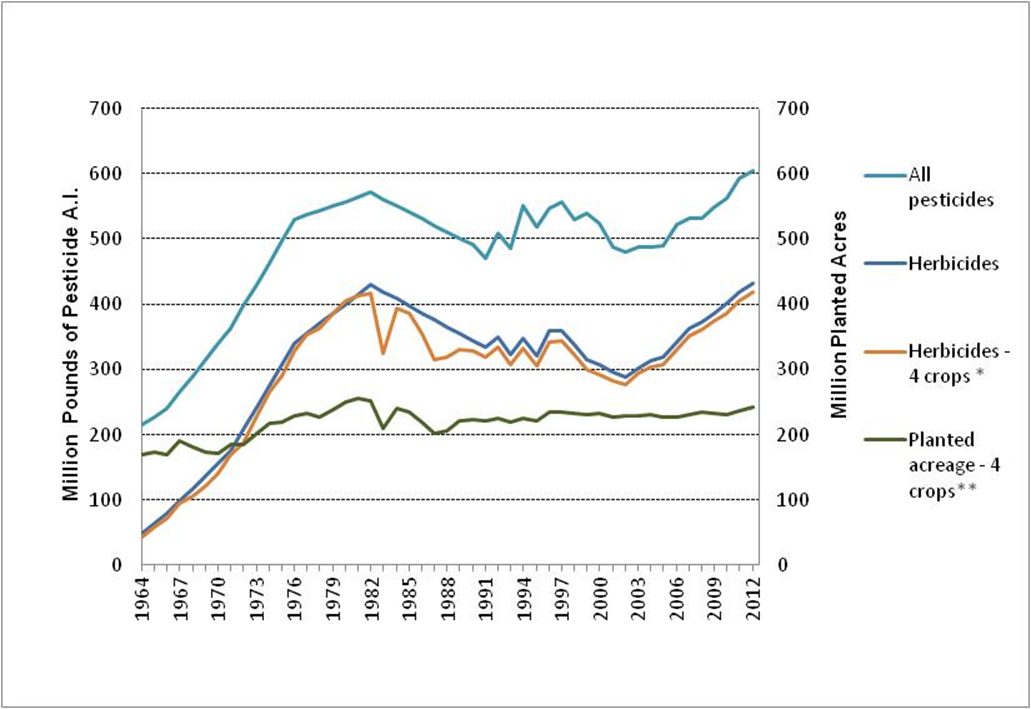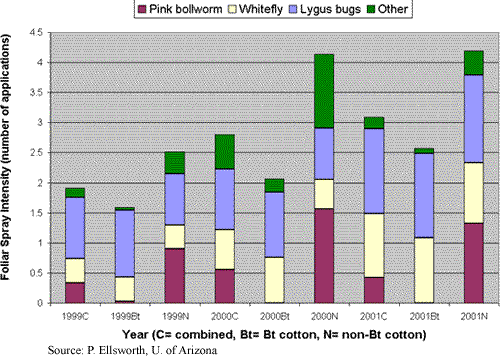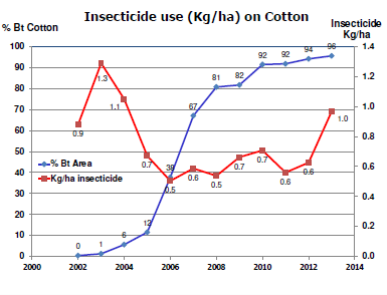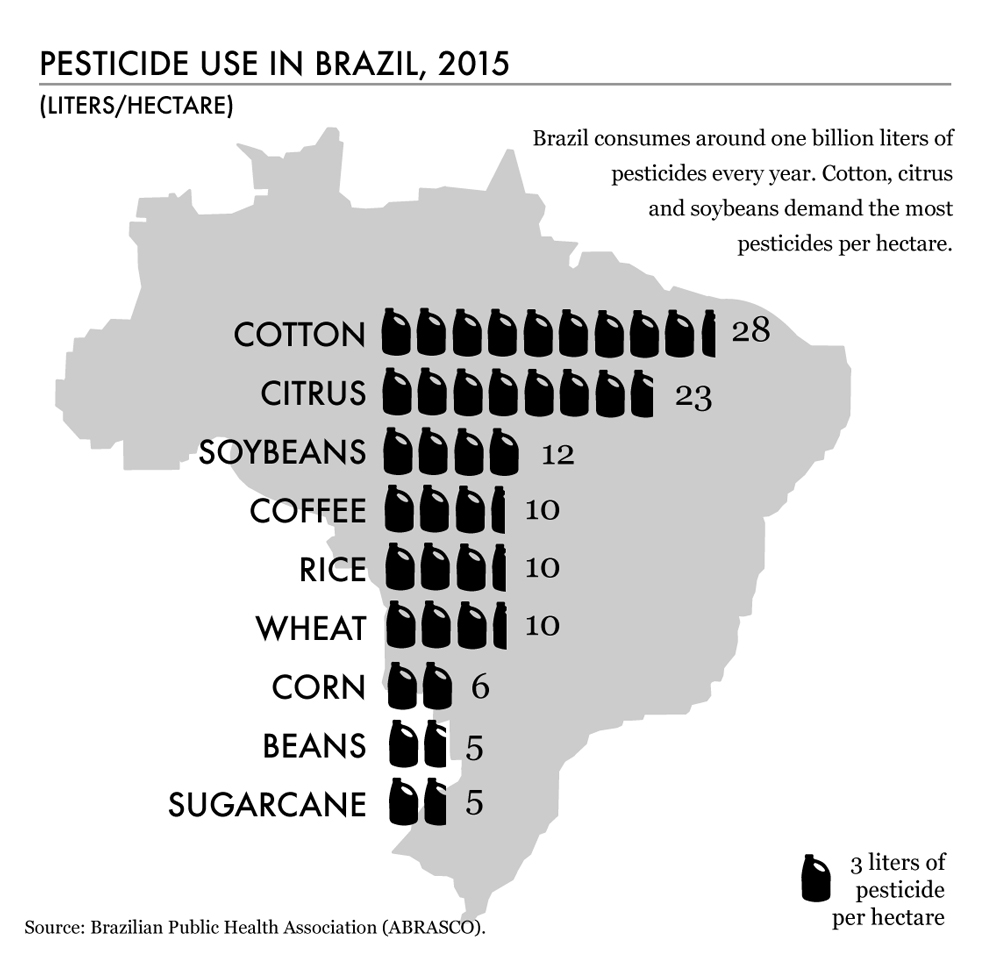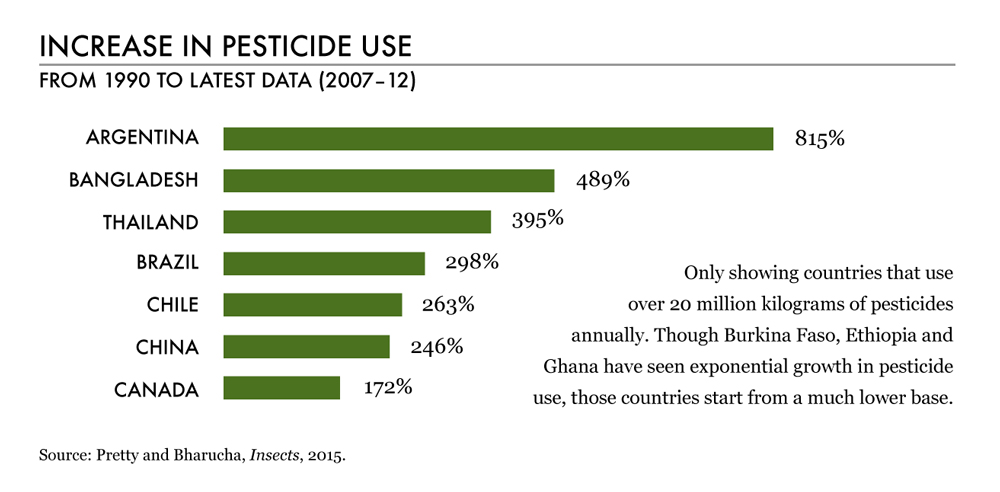
Union Minister Says Pesticide Usage Reduced, Cotton Yield Increased Because of BT Cotton. Is It True?
![PDF] Impact of Bt cotton on pesticide poisoning in smallholder agriculture: A panel data analysis | Semantic Scholar PDF] Impact of Bt cotton on pesticide poisoning in smallholder agriculture: A panel data analysis | Semantic Scholar](https://d3i71xaburhd42.cloudfront.net/0d08b72326c2839cf3d0c4fbc402038902bf4386/4-Figure2-1.png)
PDF] Impact of Bt cotton on pesticide poisoning in smallholder agriculture: A panel data analysis | Semantic Scholar

Pesticide use by crop, 21 selected crops, 2008, percent total pounds of... | Download Scientific Diagram

Fertilizers, BT technology, and insecticides contributed to 60%, 23%, and 17%, respectively to the increase in BT cotton yield: An analysis from 2000 to 2014 in India | bioRxiv

Change in Pesticide Use (kilograms of Active Ingredient per Hectare) on... | Download Scientific Diagram
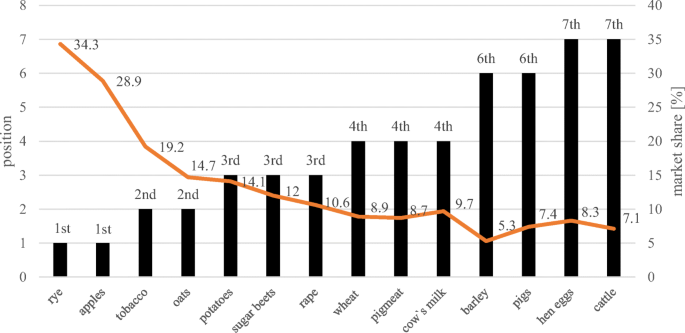
The use of pesticides in Polish agriculture after integrated pest management (IPM) implementation | Environmental Science and Pollution Research
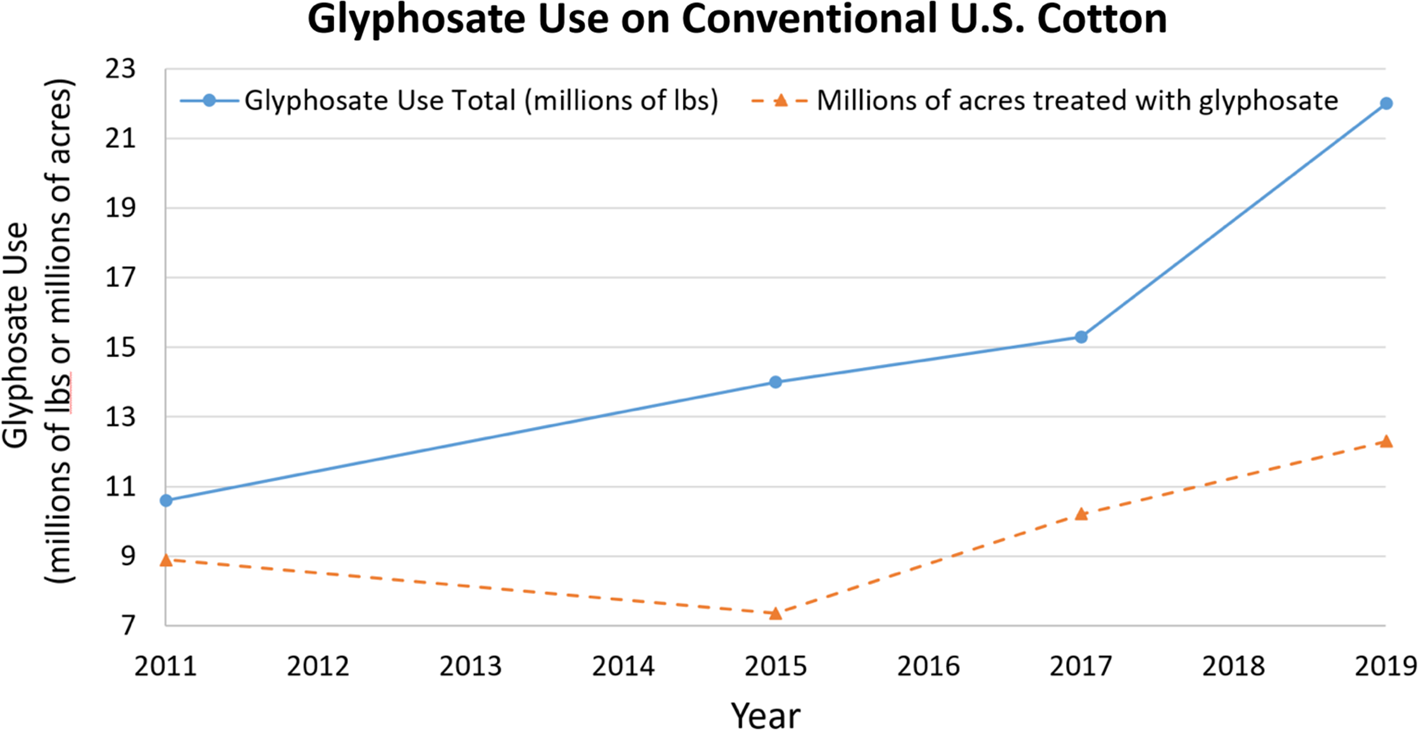
Organic cotton production may alleviate the environmental impacts of intensive conventional cotton production | Renewable Agriculture and Food Systems | Cambridge Core

Brazil: more cultivation, more pesticides, more exports | Heinrich Böll Stiftung | Brussels office - European Union

Concentration and distribution of pesticide residues in soil: Non-dietary human health risk assessment - ScienceDirect

